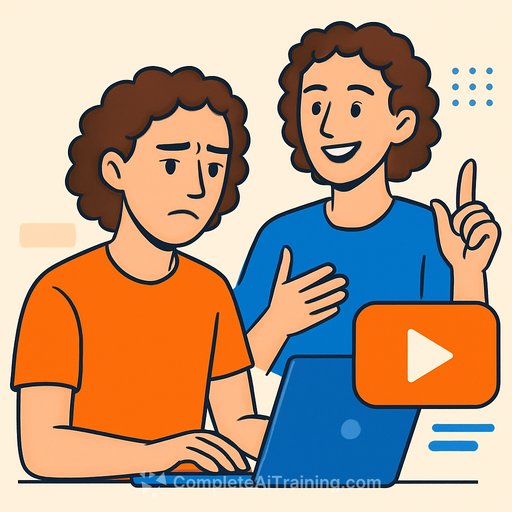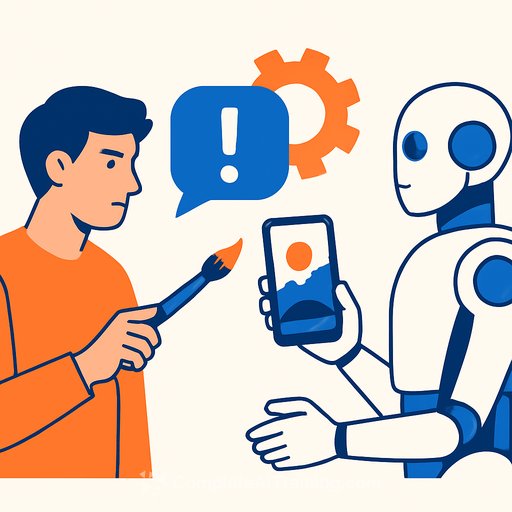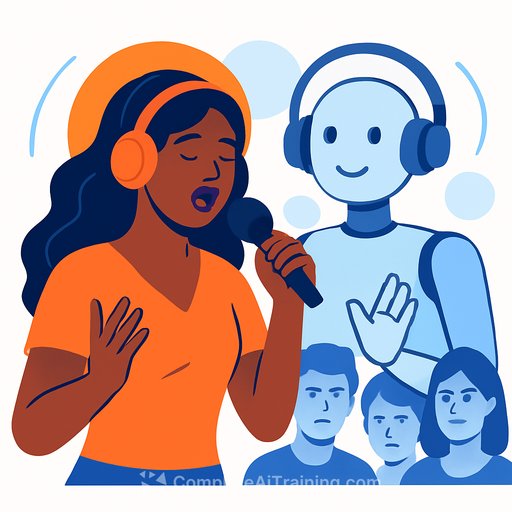From Animated Character to Digital Doppelgänger: Kwebbelkop's Blueprint for Scalable Creativity
Artificial intelligence didn't just help a creator. It kept a career alive. YouTube star and entrepreneur Jordi van den Bussche-better known as Kwebbelkop-told an audience at the Digital Agenda Cyprus Summit that AI gave him the margin to keep publishing without burning out.
He launched his channel in 2011 and grew to more than 20 million followers with fast-paced, humorous gameplay videos. Then came the pressure every creator knows: nonstop output. "I couldn't take a break," he said. "If I stopped posting for even a few days, the algorithm punished me."
The Pivot: Build the Character, Not Just the Channel
To solve the volume problem, he introduced a fictional, animated personality named Bloo, crafted with a team of writers and actors. Bloo wasn't a side project; it became an audience magnet, earning 2.7 million subscribers on its own channel.
The lesson for creatives is simple: separate the IP from the individual. When your character is the product, your publishing schedule isn't limited by your energy.
The Next Step: An AI Version of Himself
Encouraged by Bloo's traction, van den Bussche built an AI version of Kwebbelkop. The digital persona now appears in daily videos produced by a full studio team under JVDB Studios, which focuses on artificial intelligence, gaming, and virtual entertainment.
This isn't about faking it. It's about systemizing output while keeping the voice and story intact.
Pushback, Then Acceptance: "Is It Real?" Stops Mattering
Early viewers criticized the shift, saying they missed the "real" Kwebbelkop. Over time, the line blurred. "Even when it's really me on screen, people still argue about whether I'm real," he said.
What matters is the narrative. If the story lands, the format becomes a feature, not a flaw.
What Creatives Can Use Today
- Create a character bible: Define voice, values, humor, boundaries. Keep it short and strict.
- Build a hybrid writers' room: People plus prompts. Humans set taste; AI expands throughput.
- Pick a production stack: Script generator, voice cloning or TTS, face/motion tools, and tight editing.
- Systemize cadence: Lock in a weekly schedule. Batch record. Automate edits and thumbnails.
- Measure what matters: Hook, average view duration, retention curves. If the digital persona beats baseline, scale it.
- Protect your IP: Contracts for likeness, voices, and scripts. Be clear on disclosure and usage rights.
Starter Stack (Categories, Not Shiny Objects)
- LLM for script drafts and brainstorms
- Voice cloning or high-quality TTS for consistent delivery
- Face animation or motion capture for on-screen presence
- Template-driven editing and captioning to speed post
- Analytics dashboard for retention and CTR
If you want a quick primer on why consistency still matters, review how YouTube surfaces content in Search and Discovery. It clarifies why a reliable cadence compounds reach over time. See Google's overview.
Build IP You Can Scale
The takeaway isn't "become a synthetic avatar." It's to decouple your story from your stamina. Create a persona that can publish whether you're on camera or not.
That's how you protect focus, keep output steady, and grow without grinding yourself down.
Want structured ways to skill up your workflow for video and automation? Explore curated tools and courses for creatives here: Generative video tools.
Your membership also unlocks:






